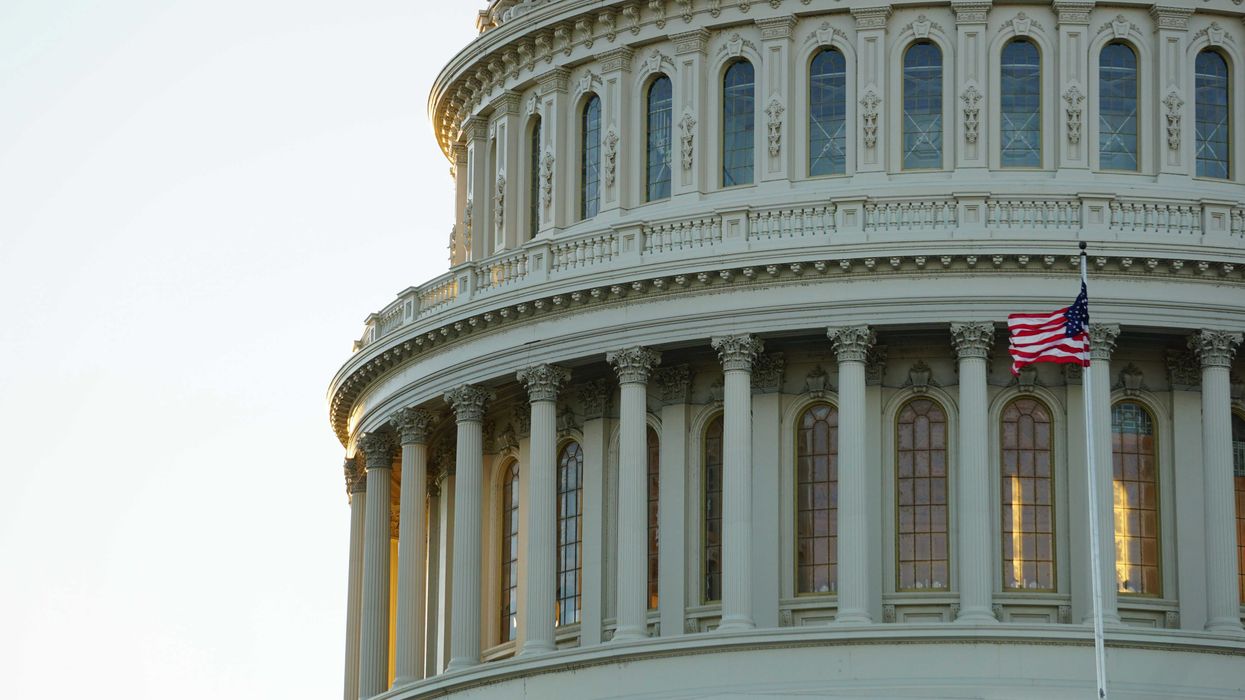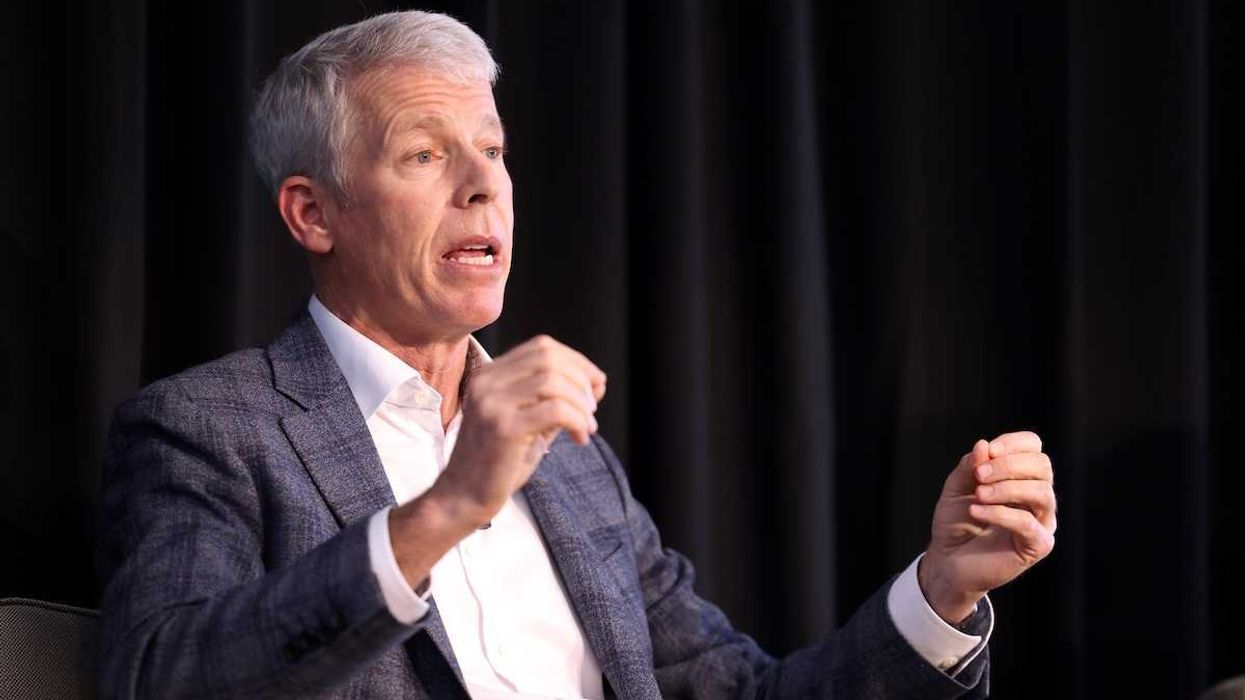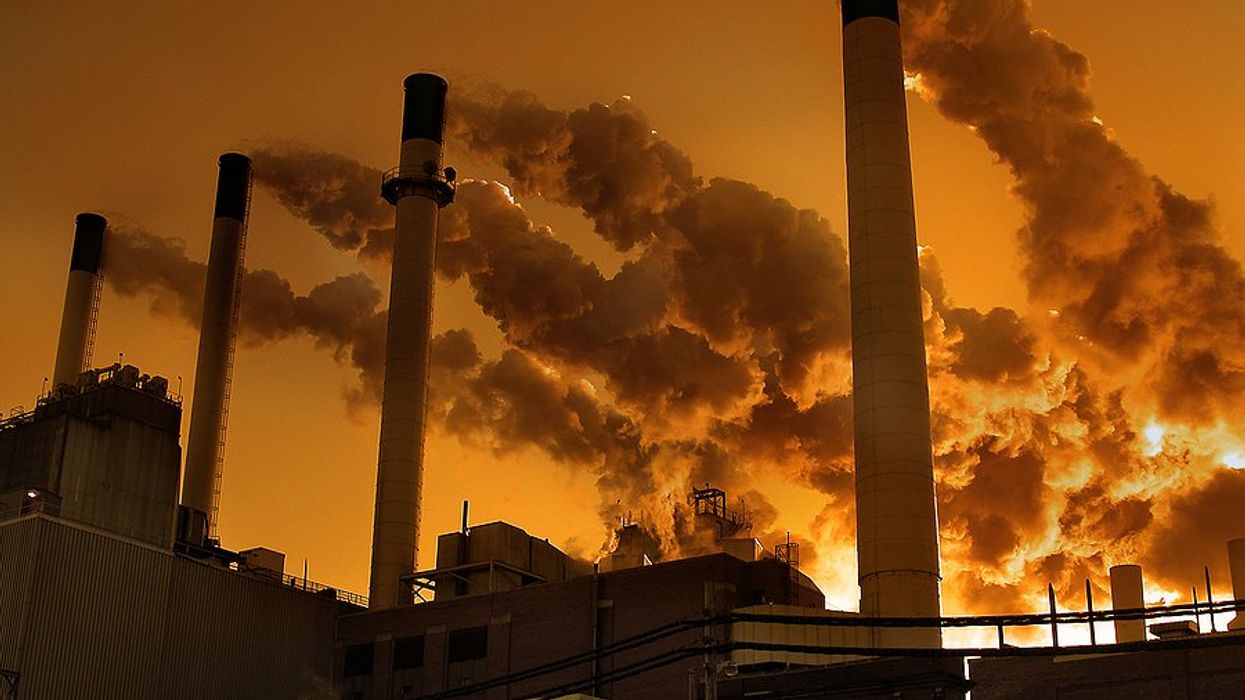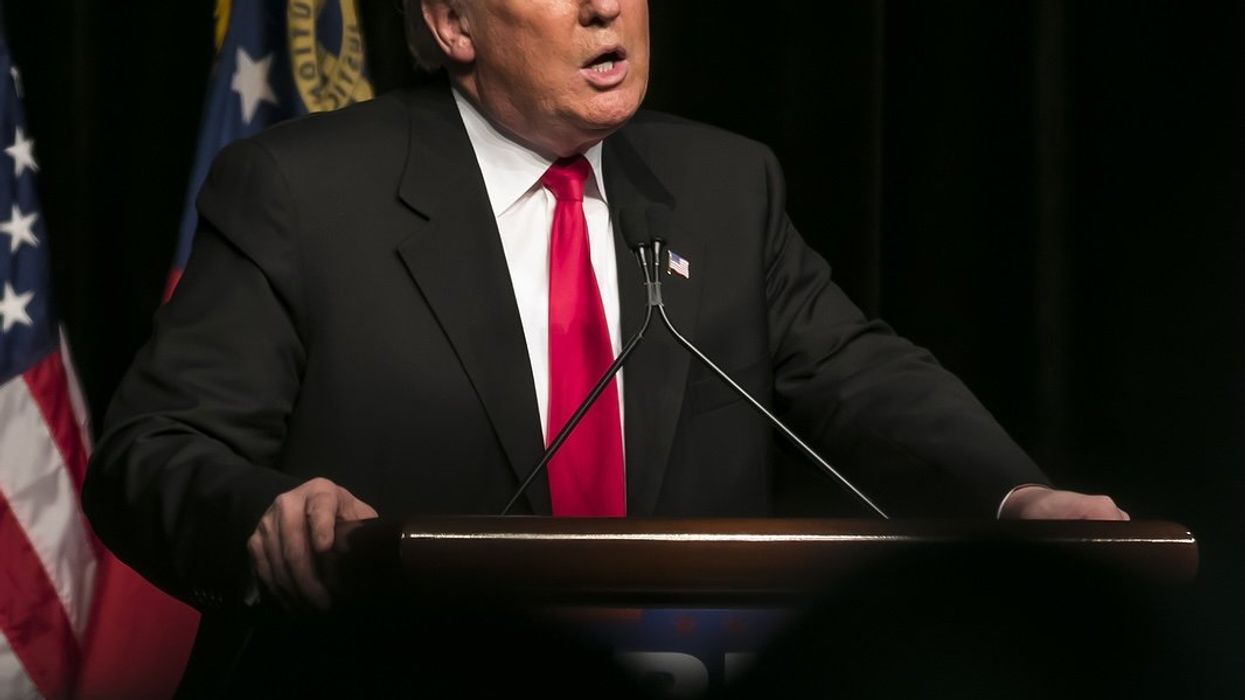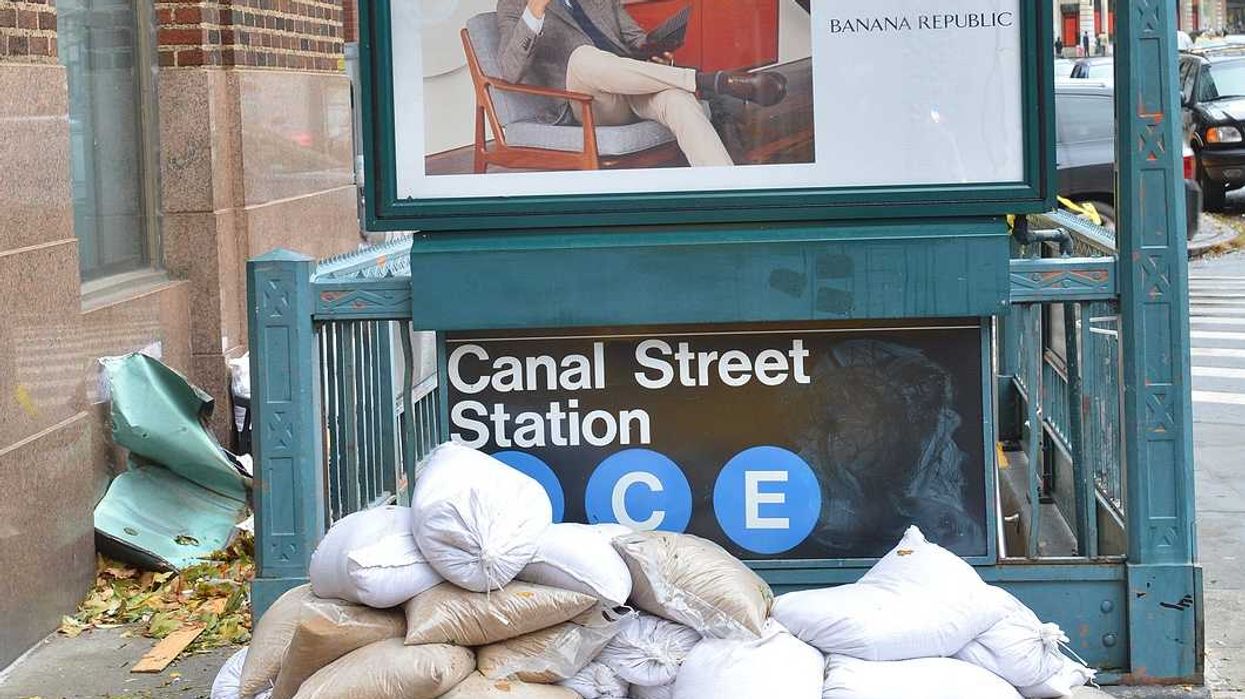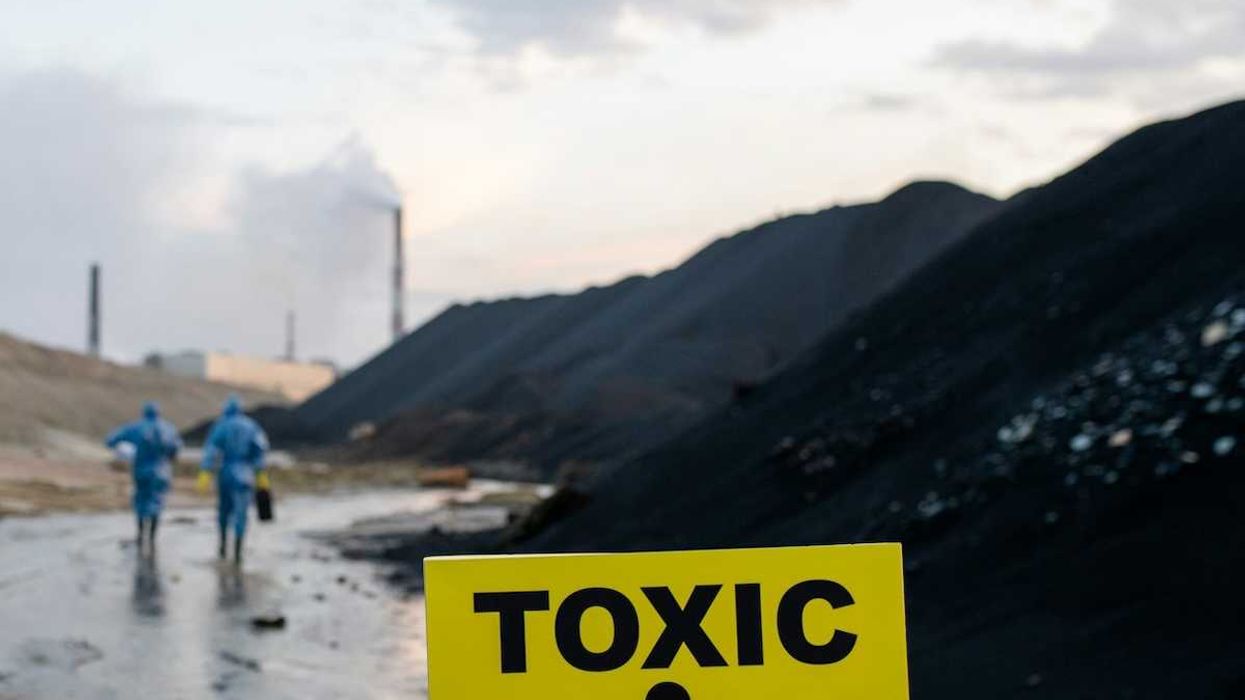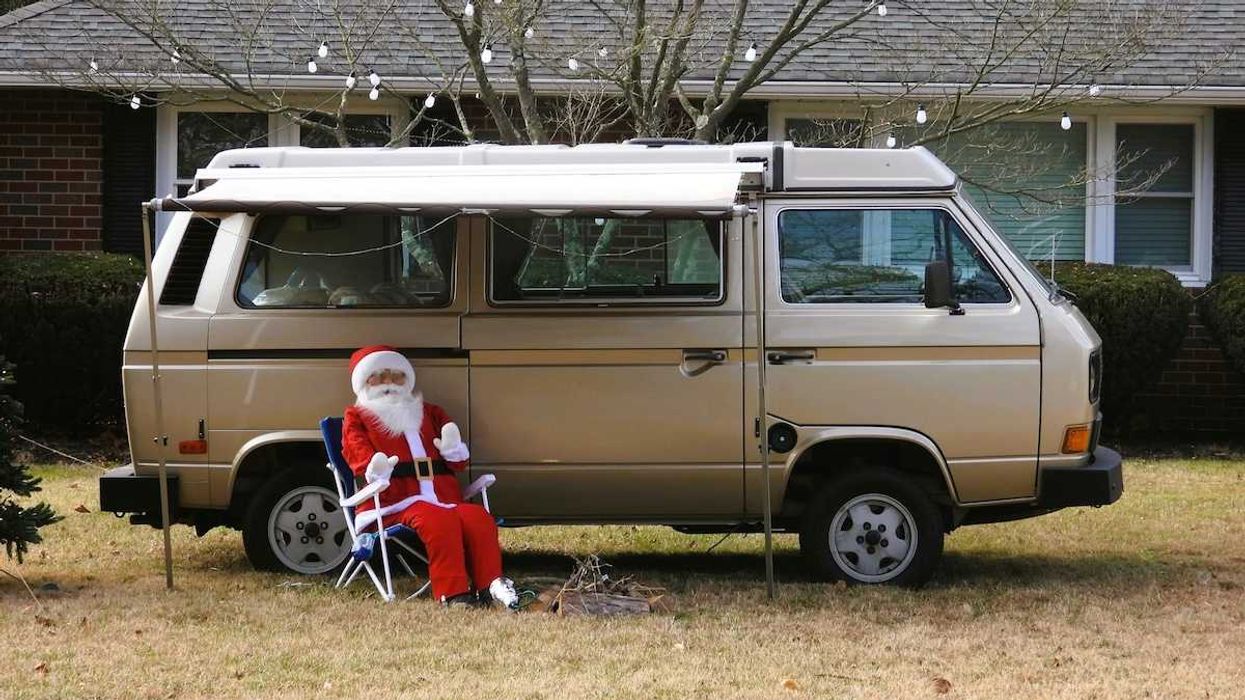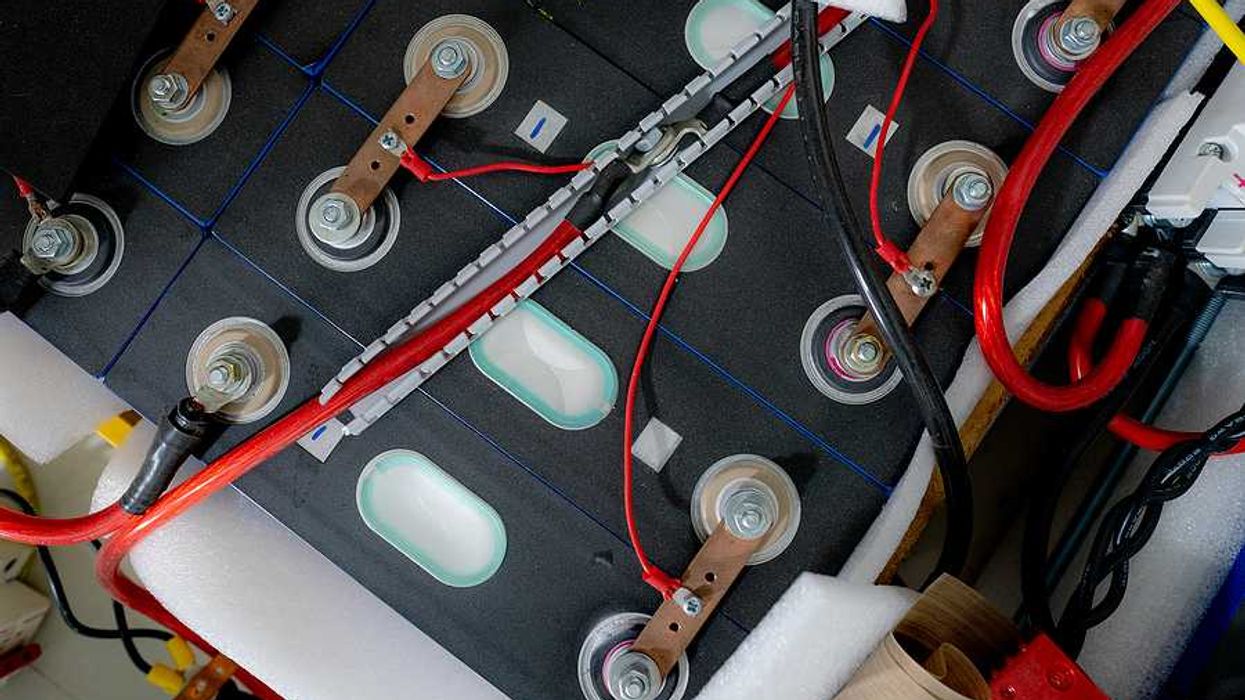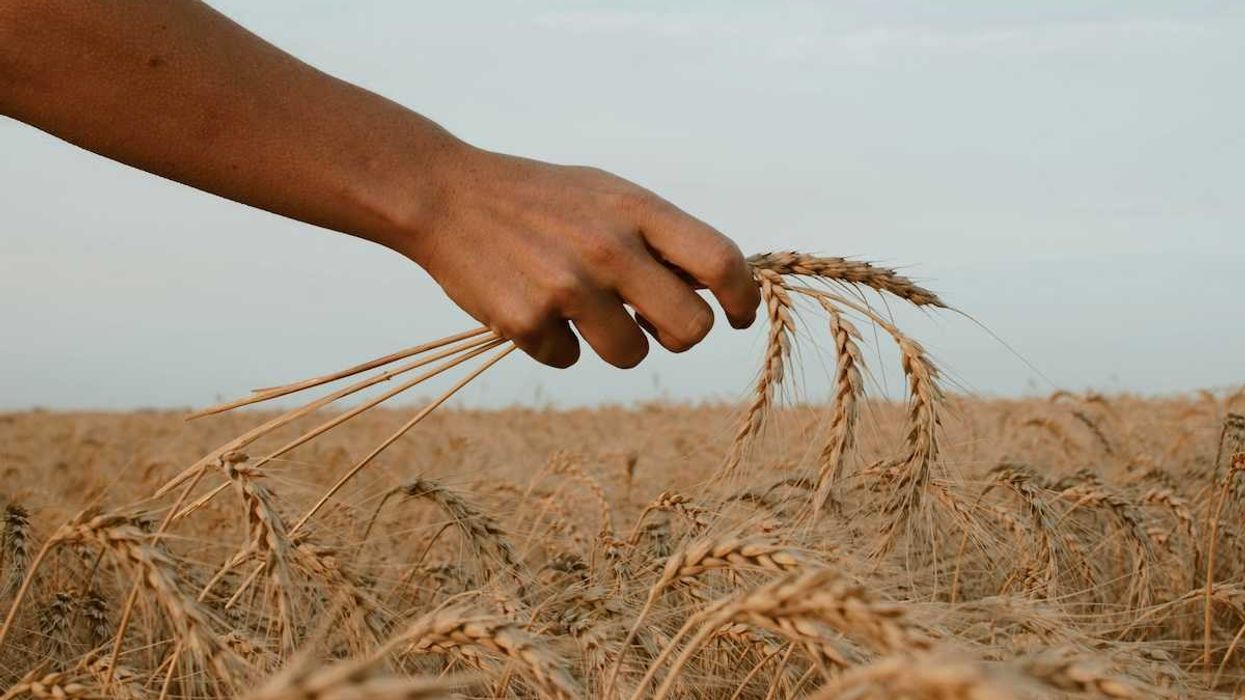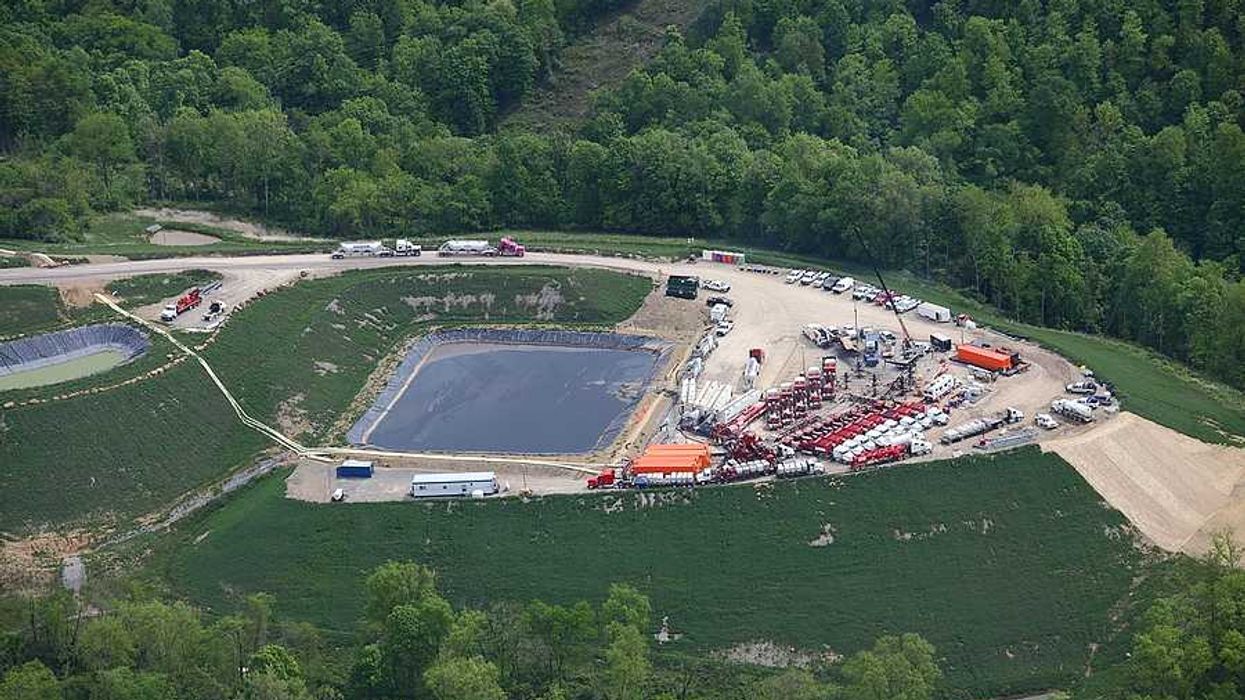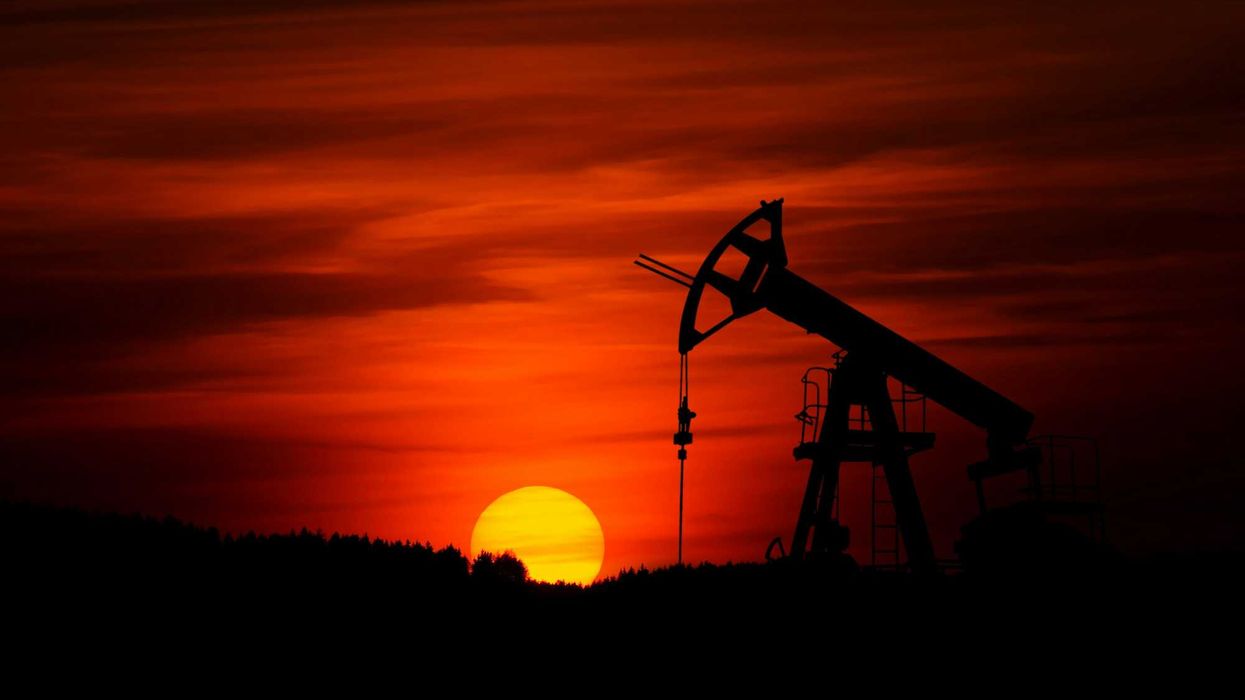After Hurricane Beryl, carbon monoxide poisoning cases in Texas surged, reflecting a pattern since the 2021 winter storm.
Lexi Churchill reports for The Texas Tribune and ProPublica.
In short:
- Following Hurricane Beryl in July, Texas reported its highest carbon monoxide poisoning cases since the 2021 winter storm, with two deaths and 400 hospitalizations.
- The lack of mandatory carbon monoxide detectors in homes contributed to these incidents. Texas updated its building codes in 2022 to require detectors in new homes but allowed cities to opt out.
- Efforts to enhance generator safety standards are underway at the federal level, but no completion timeline exists.
Key quote:
“We did a stupid thing. We got careless, and it only takes one time. And if we had the detector, it would have been a different story.”
— Debbie Wells, Houston resident
Why this matters:
Power outages during severe weather can lead to increased reliance on generators, elevating the risk of carbon monoxide poisoning. Without comprehensive regulations and safety measures, such incidents may become more frequent as extreme weather events occur more often.


